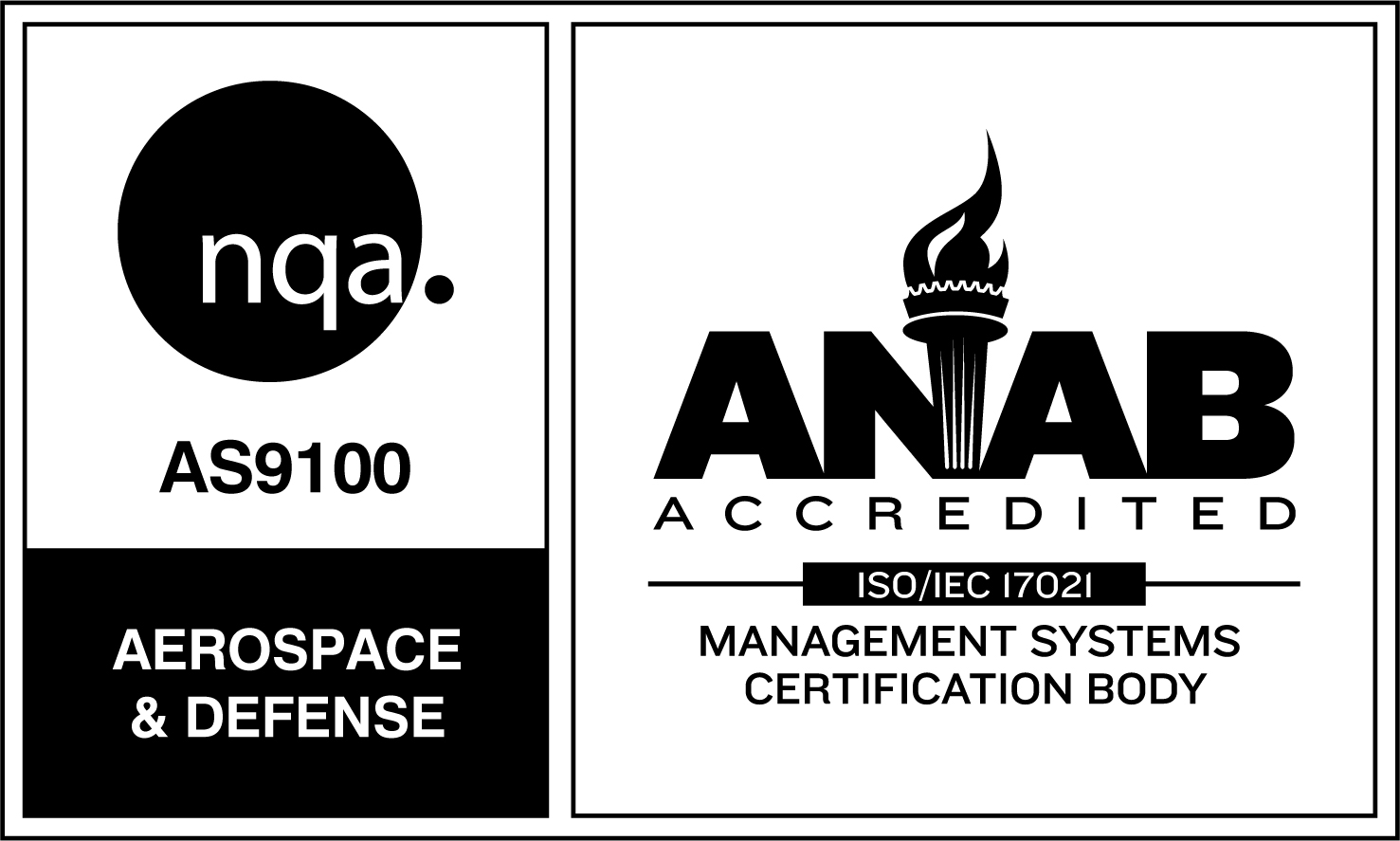Engineers often ask their buyers to find them a good brazing supplier, but without explaining why they need brazing instead of other joining techniques. Brazing can be thought of as a specialty process, using high temperatures and precisely engineered filler metals to join materials that will be used in high-stress or extreme conditions.
1. Joining different materials.
Any time a project calls for joining dissimilar metals, brazing is often the best and sometimes only solution. When working with two different metals, problems like corrosion, different melting temperatures, bonding strength limitations, and CTE differentials all can disqualify alternative approaches. These problems can be especially evident when trying to join large assemblies. Brazing can also be used to join metals to ceramics. Many different industries use brazing to address the challenge of joining different metals, from medical implants to aircraft components.
2. Wherever joint strength is critical.
A properly designed and manufactured braze joint can be stronger than the joined base materials. An assembly that will be subjected to high temperatures, extreme pressures, or placed under repeated stresses can be reliably joined with brazing. This is one of many reasons why brazing is used to manufacture critical components in aerospace equipment, like the engines that will power NASA’s new Space Launch System.
3. Joining multiple complex assemblies.
Complex structures and multiple joints can be brazed together in a single step, allowing for time and cost savings compared to alternative approaches. Many complex assemblies often can be brazed at the same time, further reducing costs. By using braze alloys with different melting temperatures, “step brazing” of distinct materials can be accomplished to address specific manufacturing requirements.
4. Precision applications.
The brazing process allows for precise control of material temperatures at each step. The preheating, brazing, and post-treatment processes allow for a highly uniform change in overall assembly temperatures, which minimizes distortions and cracking that are unacceptable in any precision part. Vacuum brazing is also a cleaner process than other methods, resulting in a finished or near-finished product that does not require post-brazing cleanup.
Thermal-Vac is a leading provider of brazing, heat treating, and finishing services. Our customers include some of the world’s leading manufacturers in the aerospace, defense, and medical industries. We can help your business address complex manufacturing problems with the right brazing solution. Give Thermal-Vac a call today.


